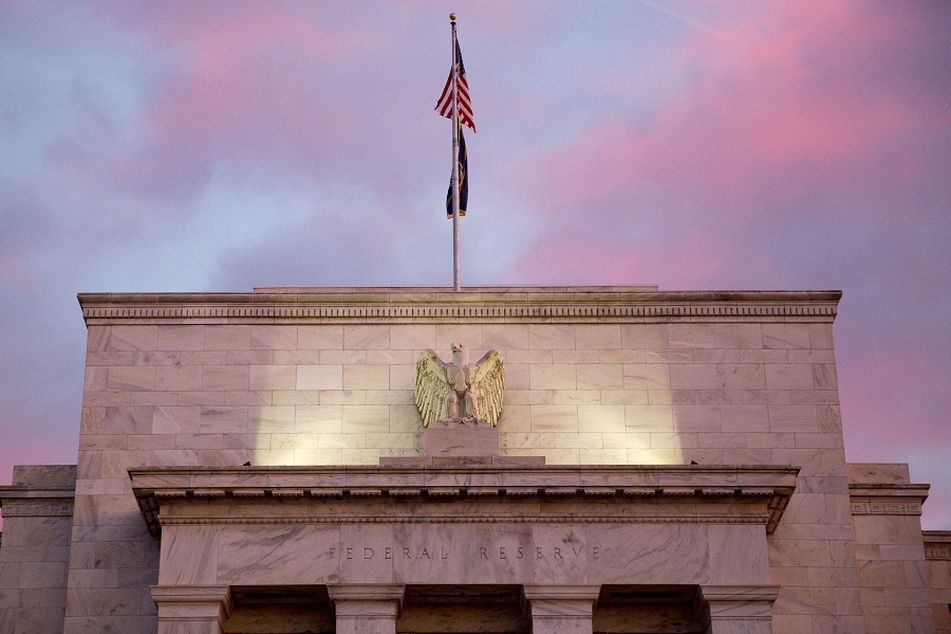One more Fed hike? Pimco sees an elevated chance

Fed to announce latest rate decision Wednesday.
Markets may be underestimating the risks of both a US recession and one more interest-rate hike from the Federal Reserve, making haven assets a preferred play, according to Pacific Investment Management Co.
There’s “still a fairly elevated chance of another hike before the year end,” Geraldine Sundstrom, a money manager in London, said in an interview Tuesday. “Higher for longer” is likely the mantra for US rates as “inflation will remain a little bit stickier than expected.”
Sundstrom’s view comes as Treasury yields climb back to their highest since 2007, thanks to a renewed rise in oil prices and a growing recognition the Fed may keep rates elevated until inflation returns to acceptable levels. But traders are still pricing in less than a 50% chance of a rate hike by December, underscoring division on the Fed’s moves to date will be sufficient to subdue the hottest prices in a generation.
Yields on 10-year Treasuries held around a 16-year high in Asia trading Wednesday.
Sundstrom, a 27-year investment veteran who previously worked at hedge fund giant Brevan Howard, says Treasury yields are likely to remain range-bound in the near term. She expects the Fed to keep rates on hold at its policy meeting Wednesday.
The portfolio manager helps oversee a number of strategies at Pimco, including a dynamic multi-asset fund that has lost 4.5% this year amid a “complicated year in equity relative value” bets, she said. She also helps manage the global core asset allocation fund which has gained 5.4%, according to data compiled by Bloomberg.
Sundstrom is “a little bit less sanguine than the market” on US economic growth, adding that a recession remains a coin toss even as calls for a gentle slowdown grows. A “soft landing is definitely possible. A mild recession is also a decent probability,” she said.
Her strategy going forward? Sticking to safe assets that offer a pick up in yields, including US agency mortgages and some financial credits.
“There’s no point being a hero here,” she said. “Just stay close to home, high quality, earn your carry, lay low and wait for those chips to fall in place.”
Here are some edited comments from a Q&A with Sundstrom:
STOCKS VS BONDS
When we look at different asset classes on relative value, bonds look cheap relative to equities. Valuations in equities look to be pretty stretched on various metrics. Our caution is more on the equities side of things than fixed-income.
BOE HIKE
The thinking on the Bank of England is that they will most probably hike this Thursday and that’s likely to be their last one. The UK market looked quite attractive a few weeks ago, especially relative to the US but there has been already quite a big move on the yields. We still think that UK gilts, especially in the belly of the curve, look good.
EUROPE OUTLOOK
The landscape is really complicated to navigate for the European Central Bank. Growth is pretty weak at the moment and there are certainly some structural headwinds due to the energy crisis. We’re not expecting a huge restocking and V-shape recovery. If anything, it might be a U-shape recovery.
EXPENSIVE DOLLAR
The dollar looks expensive versus a number of currencies. We like to overweight a number of high carry emerging market currencies — it’s a way to generate liquid yield in a portfolio.
Learn more about reprints and licensing for this article.








